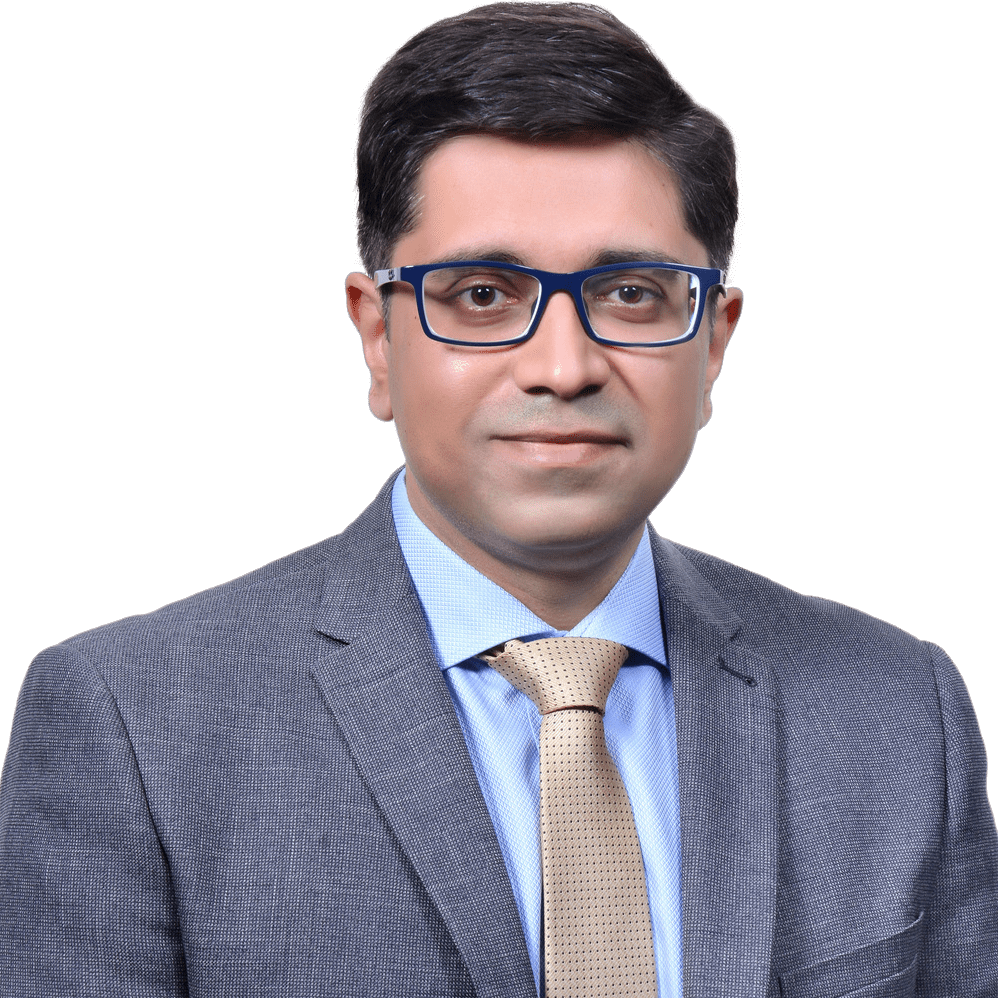A pilonidal cyst is an abnormal pocket or sac in the skin that typically contains skin debris, hair, and fluid. It occurs in the cleft between the buttocks, just above the anus.
Pilonidal cysts are thought to be caused by loose hairs puncturing the skin, leading to infection and abscess formation. They are more common in young men and can cause pain, swelling, and drainage.
With proper treatment, pilonidal cysts can be managed effectively.
Pilonidal Cyst: 6 Key Points To Understand
- Pilonidal cysts contain debris and hair under the skin near the tailbone.
- Caused by loose hairs puncturing the skin and leading to infection.
- Symptoms include pain, swelling, and drainage in the cleft of the buttocks.
- Diagnosed through physical exam and imaging tests.
- Treated with antibiotic drainage, and surgery to remove cyst.
- Good hygiene and follow-up are key to preventing recurrence.

What Causes A Pilonidal Cyst?
- Loose hairs and debris collect in the cleft between the buttocks and penetrate the skin.
- The body reacts by forming a cyst or sac around the foreign material to wall it off.
- Pressure from sitting can worsen the problem by driving debris further into the skin.
- Risk factors include obesity, family history, excessive body hair, and prolonged sitting.
What Are The Symptoms of A Pilonidal Cyst?
- Pain, tenderness, and swelling near the tailbone, that worsens with prolonged sitting.
- Visible bump or abscess formation in the cleft of the buttocks.
- Drainage of fluid or blood from a small opening in the cyst.
- Foul odor from the draining fluid.
- Fever and irritation if the cyst becomes infected.
How Is A Pilonidal Cyst Diagnosed?
- Medical history and physical exam of the affected area.
- Looking for any openings, bumps, swelling, or discharge.
- Imaging tests like MRI or ultrasound to see the cyst contents.
- Rarely is dye injection used to outline the cyst pockets.
How Is A Pilonidal Cyst Treated?
- Antibiotics if infected, draining any abscess for comfort.
- Keeping the area clean and free of loose hairs.
- Surgery to remove the cyst fully so it does not refill.
- Less invasive procedures like lancing to drain the cyst.
- Prevent pressure on the area during healing.
Can Pilonidal Cysts Come Back After Treatment?
- Recurrence is common if the cyst is not fully removed.
- Follow instructions on wound care and hygiene to prevent recurrence.
- Promptly report any return of symptoms like pain or drainage.d.
- Further surgery may be needed if it continues to recur.
Final Note From Dr. Rajarshi Mitra
I hope this overview on pilonidal cysts has been helpful to you. Please do not hesitate to reach out to me if you have any other questions or concerns.
Maintaining proper hygiene and follow-up care is crucial to prevent recurrence of this condition. I am available to guide you through the entire diagnosis and treatment process.
Dr. Rajarshi Mitra is a patient-centered, highly-rated Specialist Laparoscopic Surgeon & Proctologist in Abu Dhabi, offering Advanced Laparoscopic Surgery, Minimally Invasive Proctology & Lasers in Proctology. He is MBBS; MS (Surgery); FIAGES; FICS (USA); Dip. Lap (France); and Dip. Hernia (APHS) with 18 years of extensive experience in Laparoscopic Surgery, Minimally Invasive Proctology and Fellowship training in Colorectal and Bariatric Surgery.

























